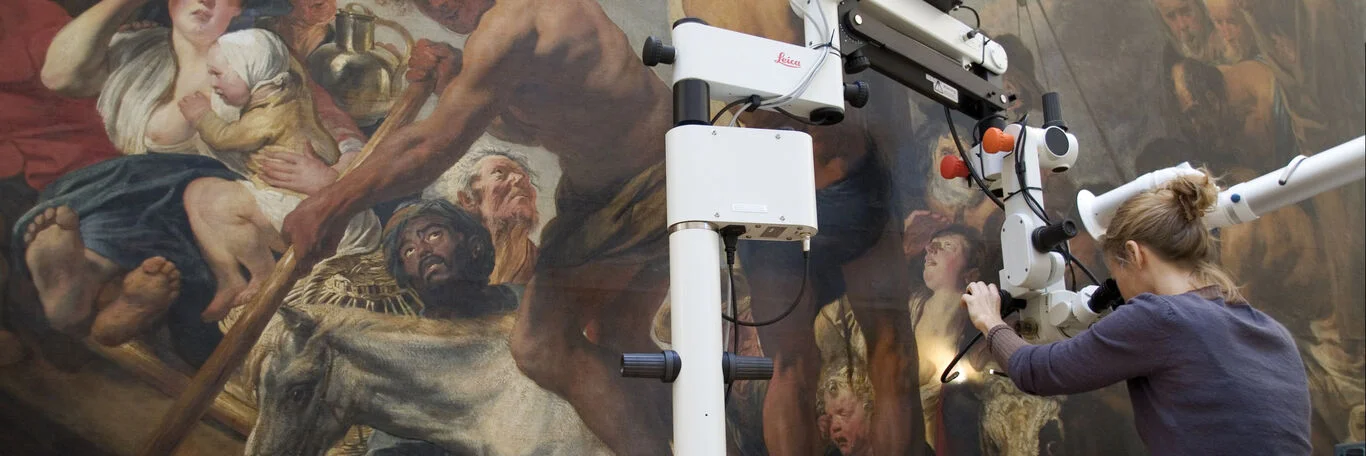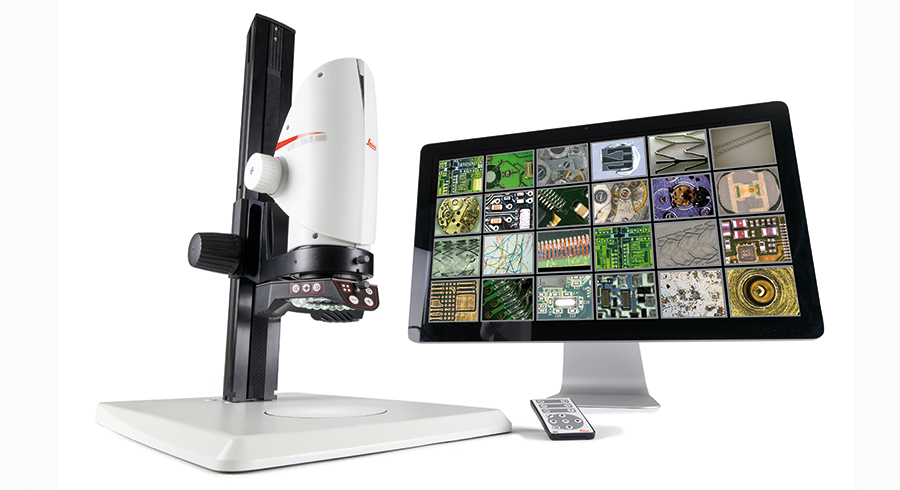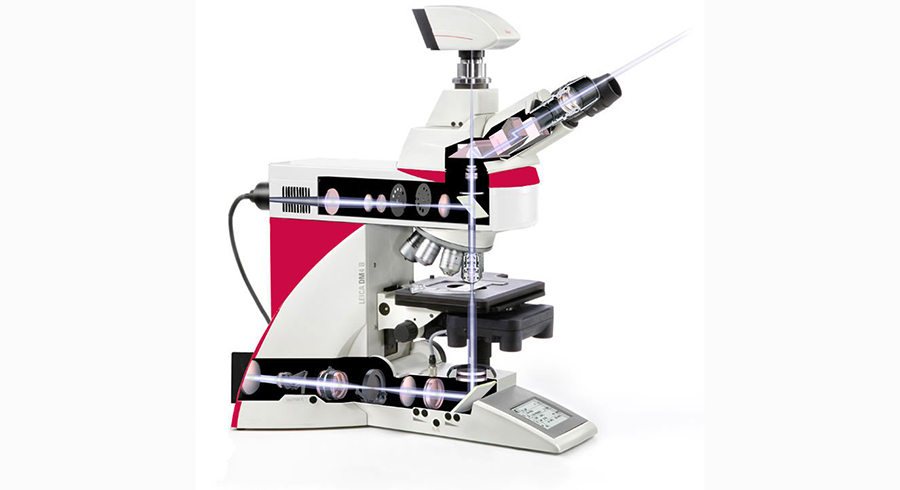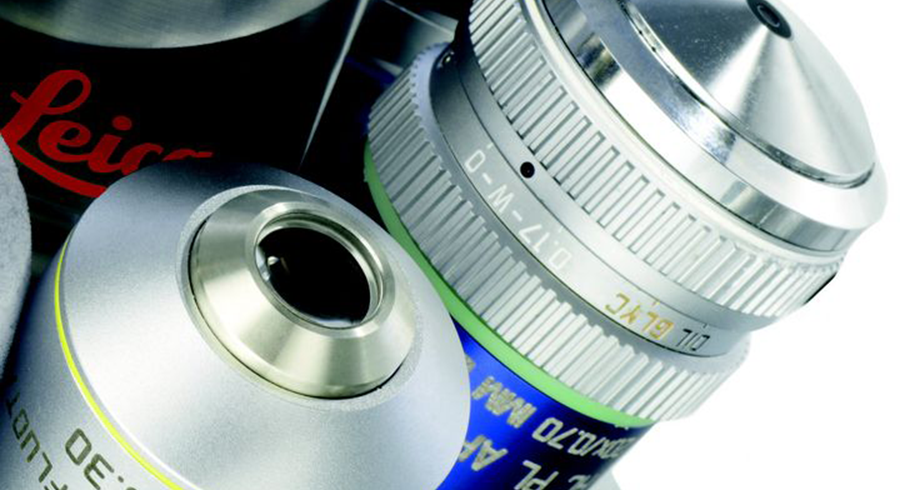Technical Articles
Metallography: Discover the 3 Fascinating Fundamentals of the Microstructure of Engineering Materials
Metallography is a fascinating scientific discipline that has revolutionized our understanding of engineering materials and their properties. By analyzing the microstructure of materials, metallographers can gain valuable insights into their physical properties, such as tensile strength, ductility, and hardness. Metallography has a wide range of applications across various industries, including manufacturing and engineering, automotive and aerospace, energy and power generation, and research and development. Metallographers use a variety of techniques to evaluate and uncover the hidden microstructural features of metals, allowing for the development of more robust, reliable, and safer products.

Microscopy in the Arts
Preserving art is important for future generations. Microscopy solutions help analyze and document the materials and structures of paintings and artifacts. This technology benefits art historians, archaeologists, and conservation experts in museums and workshops. Microscopy is also useful in restoring pottery and ceramic artifacts by identifying potential issues and developing solutions. Microscopy has been used successfully in restoring iconic artworks like the Mona Lisa and Starry Night. Opti Tech’s new Opto Advanced Digital Imaging Modules are exciting tools for restorers to use in art conservation. They provide more advanced solutions for successful restorations and a greater appreciation of our cultural heritage.

How To Sanitize Your Microscope
We know that as we slowly go back to normal and back into our workplaces that decontamination, deep cleaning, and/or

Is a Magnification of 20,000 Times Really Useful With Digital Microscopy?
Digital microscopes have only a camera for image observationand no eyepieces. Microscopes with eyepieces for visualobservation, such as stereo microscopes,

How to Clean Microscope Optics
Clean microscope optics are essential for obtaining good microscope images. If they are dirty, the microscope should be cleaned to

Immersion Oil Selection Guide
For Normal Light Microscopy: Types A and B are virtually interchangeable and are miscible with each other for intermediate viscosities.
